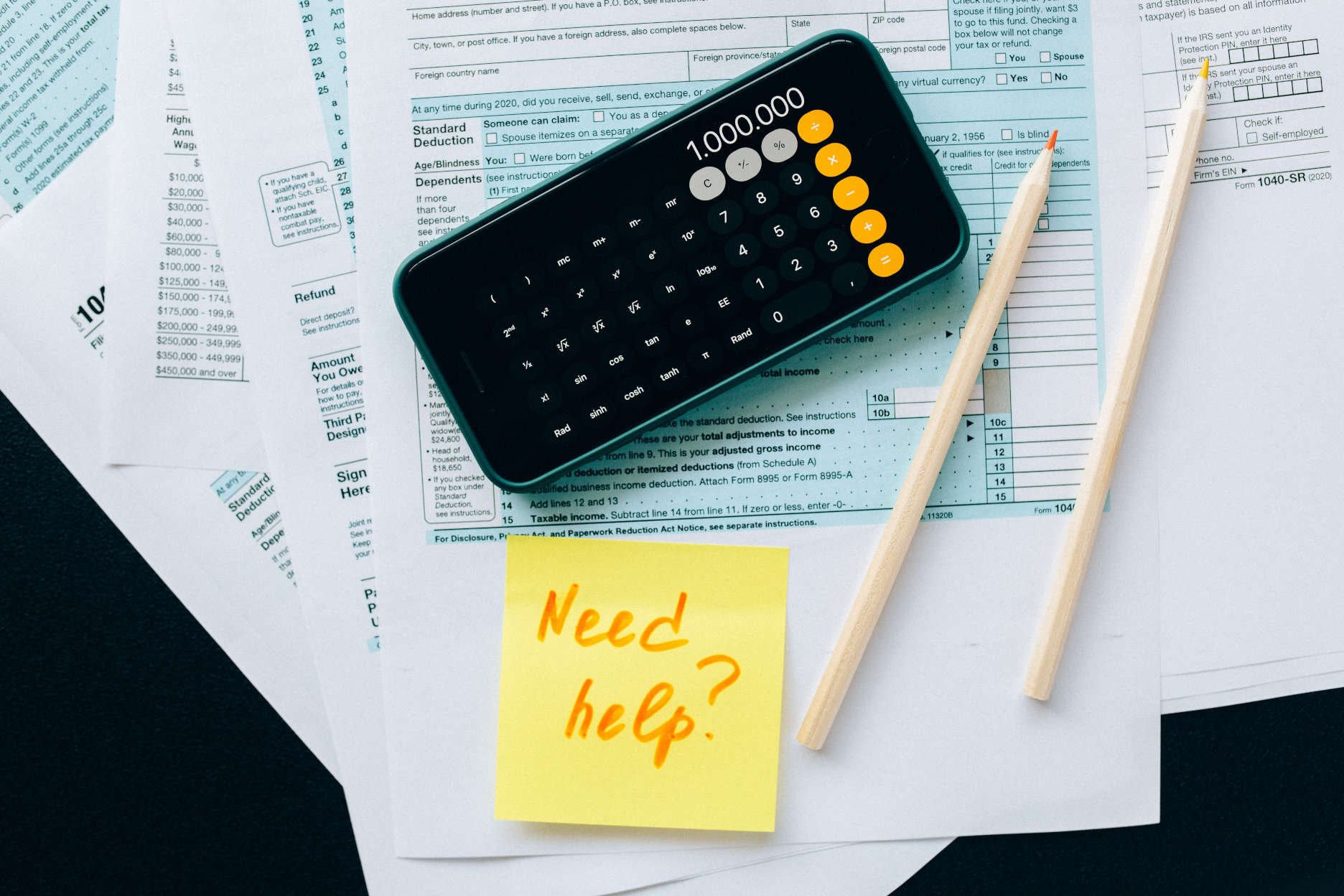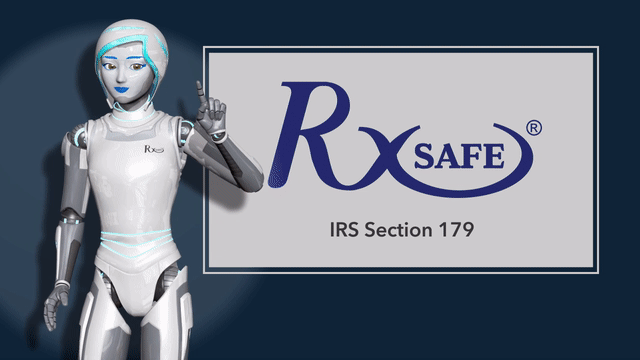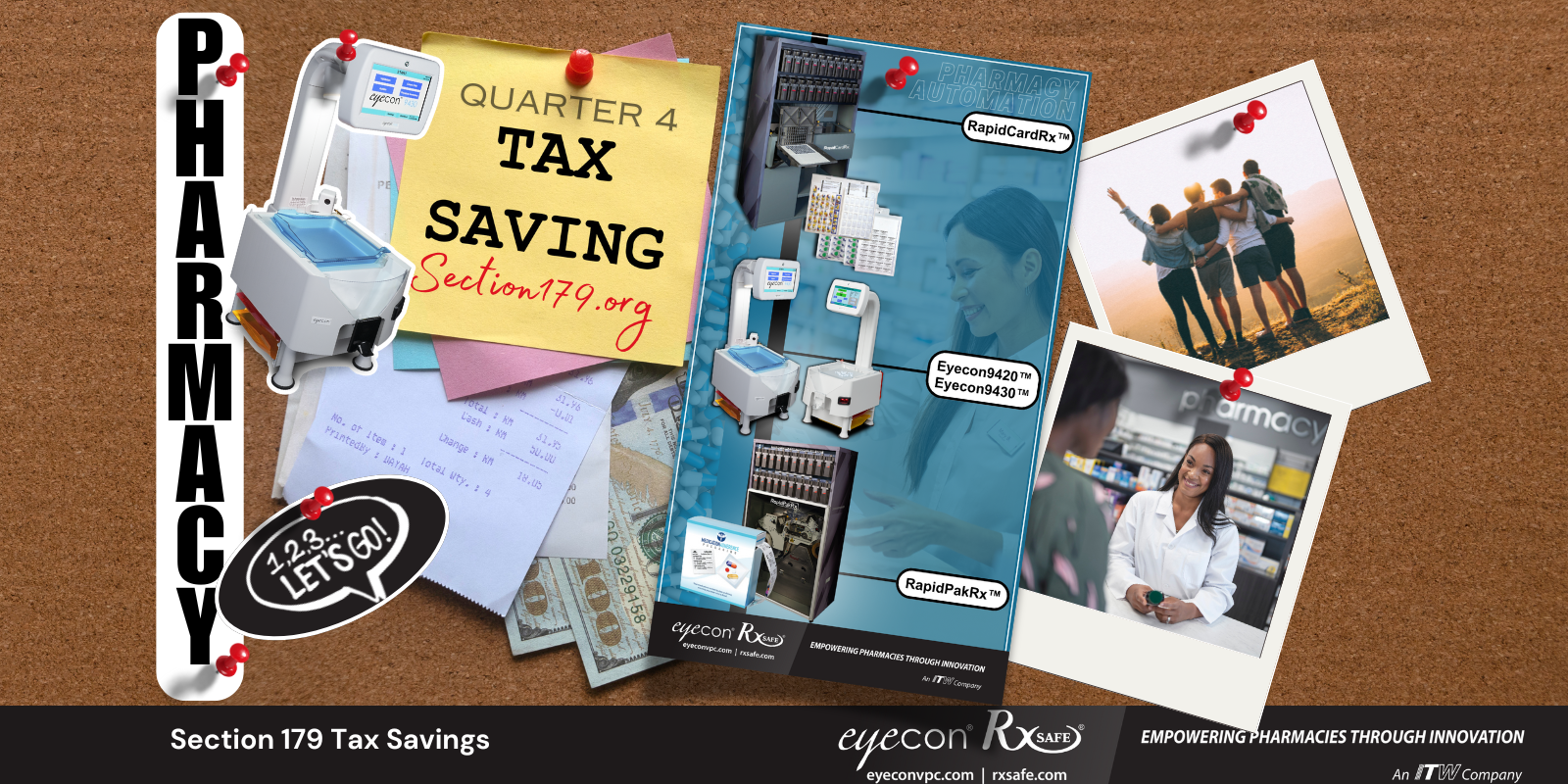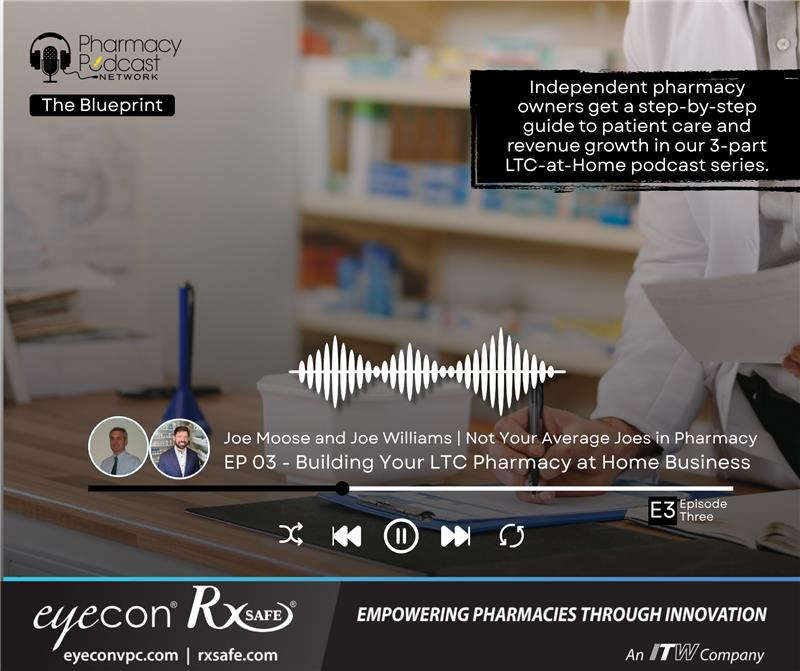Savvy pharmacy owners know that Internal Revenue Service (IRS) Section 179 can save them from writing a huge check to Uncle Sam next year, if they invest in pharmacy automation equipment in 2022.
What they may not know is that in 2023, the law is going to reduce the first-year savings opportunity by 20%, due to the phase-out of accelerated depreciation built into the tax code.
That means you’ve only got a few weeks left to take full advantage of Sec. 179!

Here’s the full scoop.
What exactly is IRS Section 179?
IRS Sec. 179 Deduction allows small-business owners (i.e., pharmacy owners like you) to deduct the full purchase price of certain equipment for the year it was placed in service. If you deduct the full purchase price, it creates an initial expense deduction that is higher than the regular depreciation method. Therefore, pharmacy owners who purchase capital equipment, such as a RapidPakRx adherence packaging system, face a lower tax liability. But to take advantage of the accelerated deprecation deduction of Sec. 179, there is one caveat: the IRS that the equipment be put into service before December 31 of the tax year.
So, what’s changing this year?
In 2022, companies have a deduction limit of $1,080,000. Section 179 was given a nice “boost” by the Tax Cuts and Jobs Act, passed in 2018, which increased first-year bonus depreciation under Sec. 179 to 100%. This so-called “accelerated depreciation” means that a business owner can write off 100% of the depreciation on capital equipment (normally deducted over a period of several years) in the same year the item was purchased.
This first-year bonus depreciation was allowed retroactively to Sept. 27, 2017 and continues at 100% until Jan. 1, 2023. That means the 2022 tax year is the last time a pharmacy owner can leverage 100% bonus depreciation under Sec. 179.
After that, first-year bonus depreciation goes down as follows:
- 80% for property placed in service after Dec. 31, 2022, and before Jan. 1, 2024.
- 60% for property placed in service after Dec. 31, 2023, and before Jan. 1, 2025.
- 40% for property placed in service after Dec. 31, 2024, and before Jan. 1, 2026.
- 20% for property placed in service after Dec. 31, 2025, and before Jan. 1, 2027.
Depending on your situation, this might be the best possible time to take advantage of IRS Sec. 179 by leveraging the full bonus depreciation for the 2022 tax year.
How do I take advantage of Sec. 179?
Now, you might be saying, “I don’t have enough cash to pay for pharmacy automation equipment,” or “I didn’t make that much profit this year, so I don’t need a big write-off.” This is where tax planning, and consulting your CPA, can really pay off.
First, Sec. 179 applies whether your equipment is purchased new or used or whether it is paid for in cash or financed over time (such as a lease purchase). That means you benefit from the tax savings either way, right away.
Second, the bonus depreciation can be used to create a loss on your books. Let’s say that you’re going to end up with $50,000 in profit (taxable income) for the tax year. Theoretically, if you purchased a $175,000 piece of capital equipment – and wrote off all the depreciation this year – you’d create a $125,000 loss in the pharmacy and apply that loss to any other income you may have (for example, income from your spouse’s job if you’re filing jointly).
Plus, you’re paying over time for the equipment. That means you’ve greatly improved your cash flow by pocketing the first-year tax savings while not having to write a large check to the government next year.
But don’t take our word for it. Watch the brief video below, where other pharmacy owners share their Sec. 179 experiences.

“From a financial perspective, taking advantage of the Sec. 179 was a huge decision-maker,” says Adam Bayer, co-owner of Hillcrest Pharmacy in Vernon, Texas, who bought a RapidPakRx adherence packaging system. “When we talked to our accountant and looked at where we were at the end of the year, we decided it was a ‘no-brainer’ to move forward with purchasing the machine.”
Not just tax benefits
Even if you’re not counting on tax savings, pharmacy automation can pay huge dividends to your bottom line. According to the most recent National Community Pharmacists Association (NCPA) Digest, pharmacy technician labor has risen to $17-$18/hour on average, thanks to booming wage inflation. When you compare that to the roughly $2.50/hour to run a pharmacy robot, you can see why many pharmacies are using automation to handle prescription dispensing activities, saving their valuable employees’ time for more profitable activities such as wellness services, med sync, vaccinations, MTM and other programs.
What’s the bottom line?
Above all, talk to your accountant! Find out what technology is right for you. See if investing in an RxSafe or other technology this year would benefit you, both from a productivity standpoint and from a bottom-line standpoint, as you plan your taxes and your income strategies for the end of 2022. But don’t wait… time is running out!


.png)





